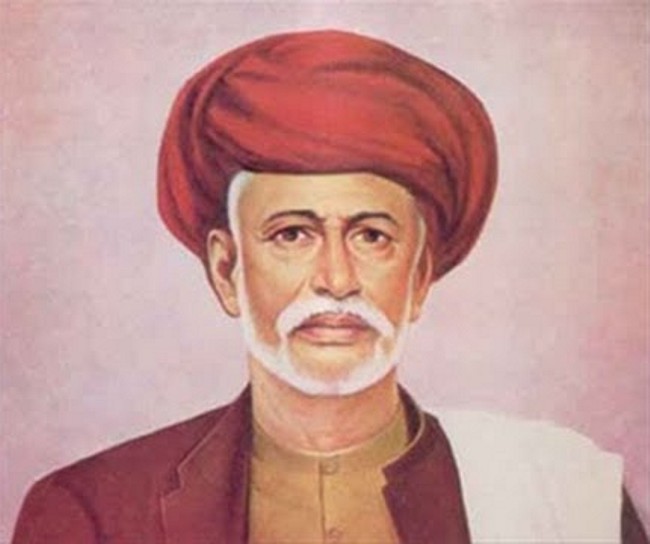
The Ministry of Panchayati Raj led a historic shift in grassroots governance monitoring through the initial release of Panchayat Advancement Index (PAI) baseline report for fiscal year 2022–23. The index serves as a data-driven evaluation system which rates more than 2.5 lakh Gram Panchayats based on Local Sustainable Development Goal themes. By establishing this pioneering framework the Ministry of Panchayati Raj aims to advance planning consistent with evidence and elevate developmental accountability throughout Panchayats. Gujarat together with Telangana demonstrate strong leadership by having the most "Front Runner" Panchayats in their territories.
-
Initiative Launched By: Ministry of Panchayati Raj, Government of India
-
Report Period: The baseline assessment covers the financial year 2022-23.
-
Objective: The purpose of this scheme provides data-driven tools to evaluate Gram Panchayats (GPs) development outcomes.
Purpose of PAI
-
The assessment goal of the Gram Panchayats involves determining their developmental performance through quantitative methods.
-
The system enables ground-level decision-makers to carry out planning and make data-based choices.
-
This index serves to enhance both the competition and inclusion levels in rural governmental systems.
Coverage and Data Validation
-
Total Gram Panchayats: 2,55,699
-
Panchayats with validated data: 2,16,285
-
The assessment data underwent final confirmation by each States and Union Territories.
-
The evaluation data from Meghalaya, Nagaland, Goa, West Bengal and Pondicherry are not included because they have not completed their validation process.
Performance Classification (based on validated entries)
-
Front Runners: 699 GPs (0.3%)
-
Performers: 77,298 GPs (35.8%)
-
Aspirants: 1,32,392 GPs (61.2%)
-
Beginners: 5,896 GPs (2.7%)
-
In the first round no Gram Panchayat succeeded in placing among the Achiever category.
Top Performing States (Front Runner GPs)
-
Gujarat: 346 Front Runner Panchayats
-
Telangana: 270 Front Runner Panchayats
-
Followed by: Maharashtra, Madhya Pradesh, Uttar Pradesh
States with Majority of Aspirant Panchayats
-
Bihar
-
Chhattisgarh
-
Andhra Pradesh
Assessment Framework
-
Assessment is done based on 9 LSDG Themes which correspond to Sustainable Development Goals.
-
The framework contains 435 performance indicators at present which MoSPI developed through the National Indicator Framework (NIF).
Nine LSDG Themes
-
Poverty-free and enhanced livelihoods
-
Healthy Panchayat
-
Child-friendly Panchayat
-
Water-sufficient Panchayat
-
Clean and green Panchayat
-
Self-sufficient infrastructure
-
Socially secured Panchayat
-
Good governance
-
Women-friendly Panchayat
Data Collection Mechanism
-
Through a multilingual online PAI Portal: www.pai.gov.in
Significance of PAI
-
Through PAI Panchayats can reveal their developmental underperforming areas.
-
The system assists Panchayats in developing their Strategic Development Plans (SDPs).
-
Promotes competitive spirit among Panchayats.
-
The program assists state governments and national policymakers for planning strategies.
Conclusion
Grassroots governance experiences a revolutionary change through the Panchayat Advancement Index which uses transparent data-based evaluation to assess Gram Panchayats. Gujarat and Telangana have become leaders under the PAI system which works to promote both Panchayat accountability along with beneficial competition between local bodies. This index performs as a strategic instrument by showing planning gaps together with effective cases to promote inclusive rural advancement and effective local resource management.



 Telangana Becomes First State to Enforce SC Sub-Categorisation with 2025 Act
Telangana Becomes First State to Enforce SC Sub-Categorisation with 2025 Act Operation Chakra V: Tackling Digital Arrest Cyber Frauds in India
Operation Chakra V: Tackling Digital Arrest Cyber Frauds in India Dr. B.R. Ambedkar’s 135th Jayanti: Legacy of India's Constitution Maker
Dr. B.R. Ambedkar’s 135th Jayanti: Legacy of India's Constitution Maker Naxalmukt Bharat Abhiyan: From Red Zones to Growth Corridors
Naxalmukt Bharat Abhiyan: From Red Zones to Growth Corridors Niveshak Didi Initiative Phase 2 Launched to Promote Financial Literacy Among Rural Women
Niveshak Didi Initiative Phase 2 Launched to Promote Financial Literacy Among Rural Women Jyotiba Phule: The Radical Reformer India Still Needs to Learn From
Jyotiba Phule: The Radical Reformer India Still Needs to Learn From World Homoeopathy Day 2025: Celebrating Dr. Samuel Hahnemann's Legacy
World Homoeopathy Day 2025: Celebrating Dr. Samuel Hahnemann's Legacy Tahawwur Rana Extradited to India: What Comes Next in the 26/11 Case?
Tahawwur Rana Extradited to India: What Comes Next in the 26/11 Case? PM Modi Inaugurates Navkar Mahamantra Divas to Promote Jain Ethics Globally
PM Modi Inaugurates Navkar Mahamantra Divas to Promote Jain Ethics Globally






